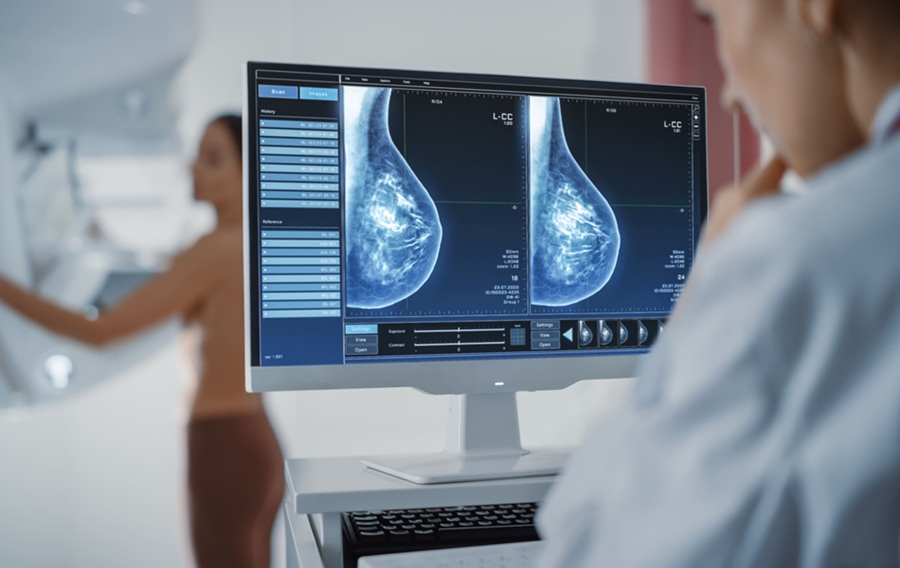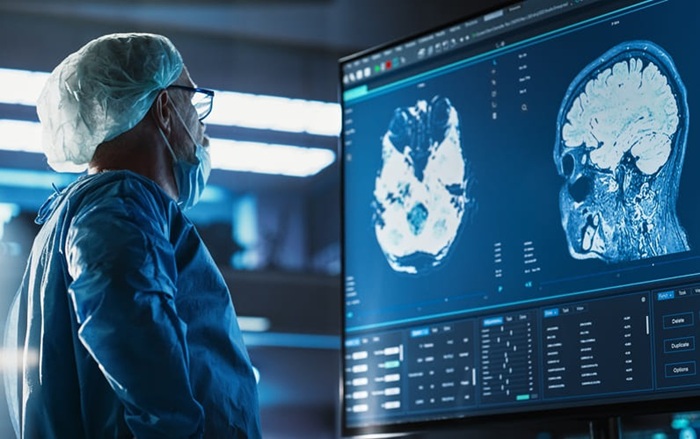Lung Ultrasound Used to Manage Critically Ill COVID-19 Patients Leads to Huge Time Savings as Compared to Chest CT
|
By MedImaging International staff writers Posted on 22 Jun 2021 |
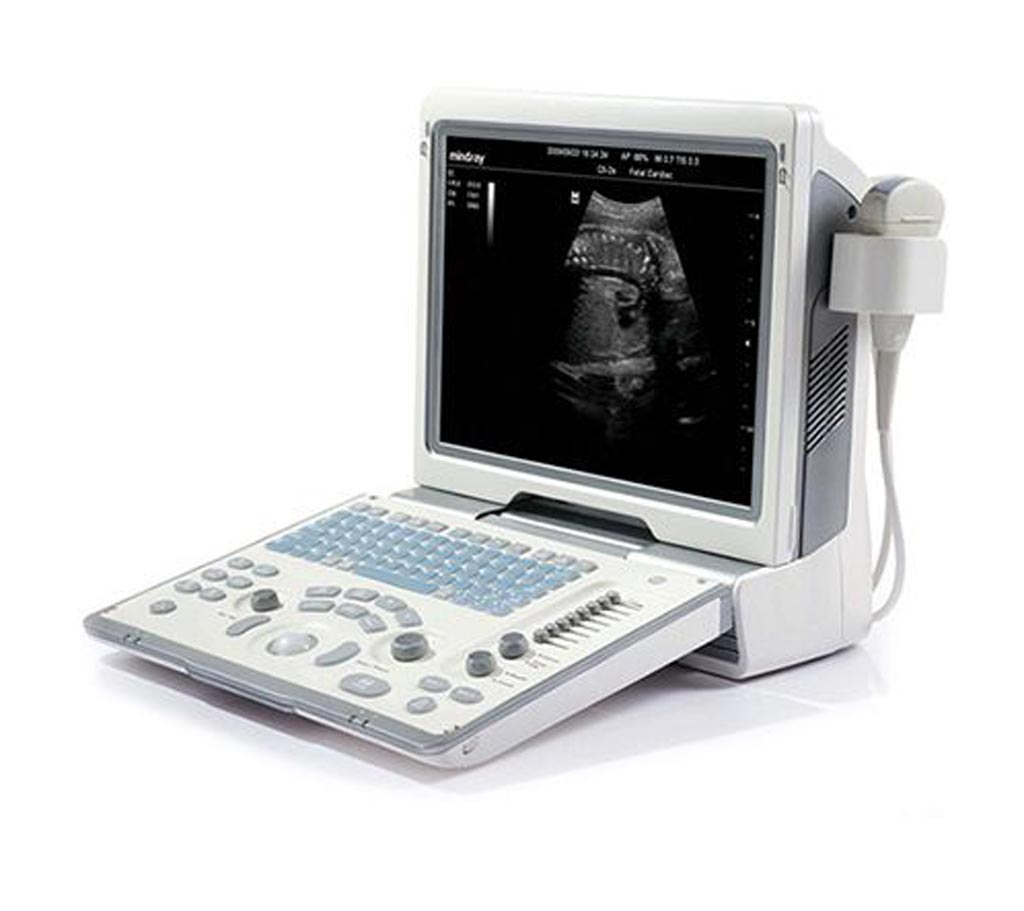
Image: Mindray DP-50 Portable USG System (Photo courtesy of Mindray)
The use of lung ultrasound allows medical personnel to monitor the progress of COVID-19 patients with considerable time savings as compared to traditional radiology, according to new research.
In their study, researchers from the University of Udine (Udine, Italy) calculated the time necessary to perform lung ultrasound in critically ill COVID-19 patients. Lung ultrasound is a well-established diagnostic tool in acute respiratory failure, and it is particularly suited for identification, grading, and follow-up of lung involvement severity. In critically ill COVID-19 patients, lung ultrasound is an alternative to chest radiography, chest CT or electric impedance tomography to quantify pulmonary impairment, follow lung involvement changes, or predict an intensive care unit (ICU) stay of more than 30 days or death.
Since medical personnel involved in the treatment of COVID-19 patients wear special protective equipment, it increases the workload dramatically through temperature imbalance, touch impairment, communication problems, and visual difficulties. In this specific work scenario, lung ultrasound may be seen as an extra task that can be a loss of time. Researchers conducted a study to see if the use of lung ultrasound would allow them to monitor the progress of COVID-19 patients with considerable time savings as compared to traditional radiology. Using a Philips Affiniti 70 G ultrasound machine with a convex probe, the team calculated the lung ultrasound in 25 patients admitted to the COVID-19 ICU and the time needed to perform the exam. For scanning 25 different patients, the median time was 4.2 minutes (IQR 3.6-4.5).
To quantify the saved time, the researchers measured the time necessary to prepare, transport, perform and return from a chest CT scan with all the protective equipment. The team calculated a median time required for 25 chest CT scans of 85 minutes (IQR 78.5- 97.5). The time saved for each patient using lung ultrasound would have been about 80.8 minutes. Therefore, the researchers concluded that using lung ultrasound instead of CT to monitor critically ill patients with COVID-19, can free medical personnel to perform other duties.
Additionally, the researchers noted that while repeat CT scans may be impractical and unsafe for patients and operators, lung ultrasound may be the default imaging modality for monitoring patients' conditions throughout their hospital stay and after discharge. However, they cautioned that the use of lung ultrasound does not replace the CT scan, which is necessary to exclude pulmonary or cardiovascular complications in case of the clinical worsening of the patient. Ultimately, the researchers performed a daily topographic ultrasound evaluation of the lung without moving the patient, thereby reducing the number of chest X-rays and CT scans and saving considerable time.
Related Links:
University of Udine
In their study, researchers from the University of Udine (Udine, Italy) calculated the time necessary to perform lung ultrasound in critically ill COVID-19 patients. Lung ultrasound is a well-established diagnostic tool in acute respiratory failure, and it is particularly suited for identification, grading, and follow-up of lung involvement severity. In critically ill COVID-19 patients, lung ultrasound is an alternative to chest radiography, chest CT or electric impedance tomography to quantify pulmonary impairment, follow lung involvement changes, or predict an intensive care unit (ICU) stay of more than 30 days or death.
Since medical personnel involved in the treatment of COVID-19 patients wear special protective equipment, it increases the workload dramatically through temperature imbalance, touch impairment, communication problems, and visual difficulties. In this specific work scenario, lung ultrasound may be seen as an extra task that can be a loss of time. Researchers conducted a study to see if the use of lung ultrasound would allow them to monitor the progress of COVID-19 patients with considerable time savings as compared to traditional radiology. Using a Philips Affiniti 70 G ultrasound machine with a convex probe, the team calculated the lung ultrasound in 25 patients admitted to the COVID-19 ICU and the time needed to perform the exam. For scanning 25 different patients, the median time was 4.2 minutes (IQR 3.6-4.5).
To quantify the saved time, the researchers measured the time necessary to prepare, transport, perform and return from a chest CT scan with all the protective equipment. The team calculated a median time required for 25 chest CT scans of 85 minutes (IQR 78.5- 97.5). The time saved for each patient using lung ultrasound would have been about 80.8 minutes. Therefore, the researchers concluded that using lung ultrasound instead of CT to monitor critically ill patients with COVID-19, can free medical personnel to perform other duties.
Additionally, the researchers noted that while repeat CT scans may be impractical and unsafe for patients and operators, lung ultrasound may be the default imaging modality for monitoring patients' conditions throughout their hospital stay and after discharge. However, they cautioned that the use of lung ultrasound does not replace the CT scan, which is necessary to exclude pulmonary or cardiovascular complications in case of the clinical worsening of the patient. Ultimately, the researchers performed a daily topographic ultrasound evaluation of the lung without moving the patient, thereby reducing the number of chest X-rays and CT scans and saving considerable time.
Related Links:
University of Udine
Latest Ultrasound News
- Wearable Ultrasound Imaging System to Enable Real-Time Disease Monitoring
- Ultrasound Technique Visualizes Deep Blood Vessels in 3D Without Contrast Agents
- Ultrasound Probe Images Entire Organ in 4D

- Disposable Ultrasound Patch Performs Better Than Existing Devices
- Non-Invasive Ultrasound-Based Tool Accurately Detects Infant Meningitis
- Breakthrough Deep Learning Model Enhances Handheld 3D Medical Imaging
- Pain-Free Breast Imaging System Performs One Minute Cancer Scan
- Wireless Chronic Pain Management Device to Reduce Need for Painkillers and Surgery
- New Medical Ultrasound Imaging Technique Enables ICU Bedside Monitoring
- New Incision-Free Technique Halts Growth of Debilitating Brain Lesions
- AI-Powered Lung Ultrasound Outperforms Human Experts in Tuberculosis Diagnosis
- AI Identifies Heart Valve Disease from Common Imaging Test
- Novel Imaging Method Enables Early Diagnosis and Treatment Monitoring of Type 2 Diabetes
- Ultrasound-Based Microscopy Technique to Help Diagnose Small Vessel Diseases
- Smart Ultrasound-Activated Immune Cells Destroy Cancer Cells for Extended Periods
- Tiny Magnetic Robot Takes 3D Scans from Deep Within Body
Channels
Radiography
view channel
AI Detects Early Signs of Aging from Chest X-Rays
Chronological age does not always reflect how fast the body is truly aging, and current biological age tests often rely on DNA-based markers that may miss early organ-level decline. Detecting subtle, age-related... Read more
X-Ray Breakthrough Captures Three Image-Contrast Types in Single Shot
Detecting early-stage cancer or subtle changes deep inside tissues has long challenged conventional X-ray systems, which rely only on how structures absorb radiation. This limitation keeps many microstructural... Read moreMRI
view channel
Novel Imaging Approach to Improve Treatment for Spinal Cord Injuries
Vascular dysfunction in the spinal cord contributes to multiple neurological conditions, including traumatic injuries and degenerative cervical myelopathy, where reduced blood flow can lead to progressive... Read more
AI-Assisted Model Enhances MRI Heart Scans
A cardiac MRI can reveal critical information about the heart’s function and any abnormalities, but traditional scans take 30 to 90 minutes and often suffer from poor image quality due to patient movement.... Read more
AI Model Outperforms Doctors at Identifying Patients Most At-Risk of Cardiac Arrest
Hypertrophic cardiomyopathy is one of the most common inherited heart conditions and a leading cause of sudden cardiac death in young individuals and athletes. While many patients live normal lives, some... Read moreUltrasound
view channel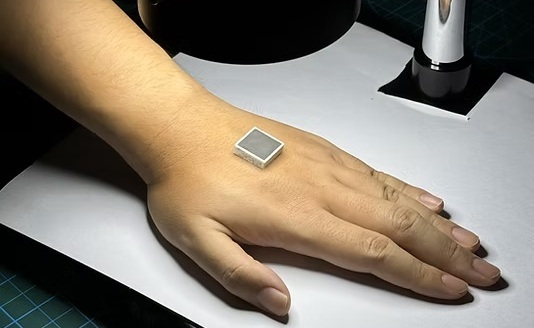
Wearable Ultrasound Imaging System to Enable Real-Time Disease Monitoring
Chronic conditions such as hypertension and heart failure require close monitoring, yet today’s ultrasound imaging is largely confined to hospitals and short, episodic scans. This reactive model limits... Read more
Ultrasound Technique Visualizes Deep Blood Vessels in 3D Without Contrast Agents
Producing clear 3D images of deep blood vessels has long been difficult without relying on contrast agents, CT scans, or MRI. Standard ultrasound typically provides only 2D cross-sections, limiting clinicians’... Read moreNuclear Medicine
view channel
PET Imaging of Inflammation Predicts Recovery and Guides Therapy After Heart Attack
Acute myocardial infarction can trigger lasting heart damage, yet clinicians still lack reliable tools to identify which patients will regain function and which may develop heart failure.... Read more
Radiotheranostic Approach Detects, Kills and Reprograms Aggressive Cancers
Aggressive cancers such as osteosarcoma and glioblastoma often resist standard therapies, thrive in hostile tumor environments, and recur despite surgery, radiation, or chemotherapy. These tumors also... Read more
New Imaging Solution Improves Survival for Patients with Recurring Prostate Cancer
Detecting recurrent prostate cancer remains one of the most difficult challenges in oncology, as standard imaging methods such as bone scans and CT scans often fail to accurately locate small or early-stage tumors.... Read moreGeneral/Advanced Imaging
view channel
AI-Based Tool Accelerates Detection of Kidney Cancer
Diagnosing kidney cancer depends on computed tomography scans, often using contrast agents to reveal abnormalities in kidney structure. Tumors are not always searched for deliberately, as many scans are... Read more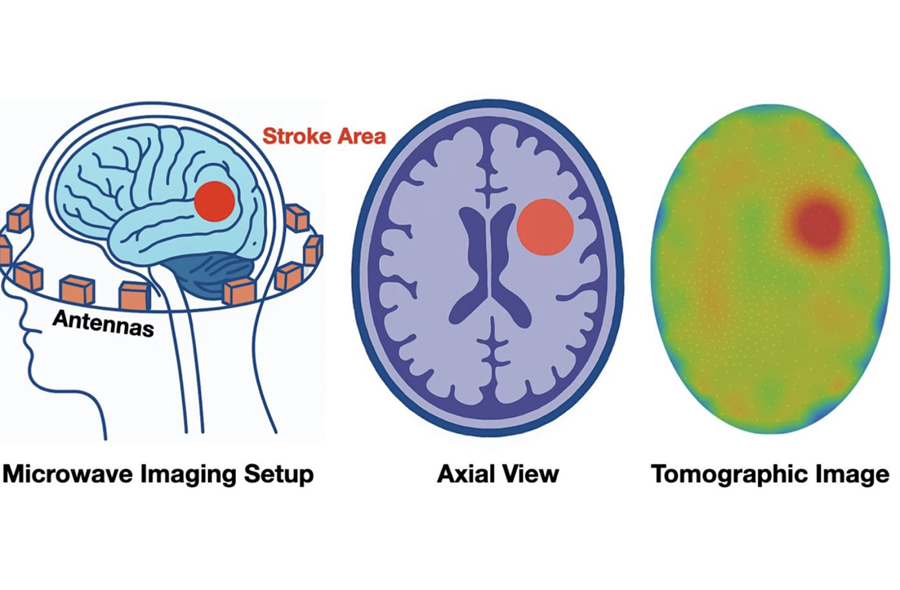
New Algorithm Dramatically Speeds Up Stroke Detection Scans
When patients arrive at emergency rooms with stroke symptoms, clinicians must rapidly determine whether the cause is a blood clot or a brain bleed, as treatment decisions depend on this distinction.... Read moreImaging IT
view channel
New Google Cloud Medical Imaging Suite Makes Imaging Healthcare Data More Accessible
Medical imaging is a critical tool used to diagnose patients, and there are billions of medical images scanned globally each year. Imaging data accounts for about 90% of all healthcare data1 and, until... Read more
Global AI in Medical Diagnostics Market to Be Driven by Demand for Image Recognition in Radiology
The global artificial intelligence (AI) in medical diagnostics market is expanding with early disease detection being one of its key applications and image recognition becoming a compelling consumer proposition... Read moreIndustry News
view channel
GE HealthCare and NVIDIA Collaboration to Reimagine Diagnostic Imaging
GE HealthCare (Chicago, IL, USA) has entered into a collaboration with NVIDIA (Santa Clara, CA, USA), expanding the existing relationship between the two companies to focus on pioneering innovation in... Read more
Patient-Specific 3D-Printed Phantoms Transform CT Imaging
New research has highlighted how anatomically precise, patient-specific 3D-printed phantoms are proving to be scalable, cost-effective, and efficient tools in the development of new CT scan algorithms... Read more
Siemens and Sectra Collaborate on Enhancing Radiology Workflows
Siemens Healthineers (Forchheim, Germany) and Sectra (Linköping, Sweden) have entered into a collaboration aimed at enhancing radiologists' diagnostic capabilities and, in turn, improving patient care... Read more













